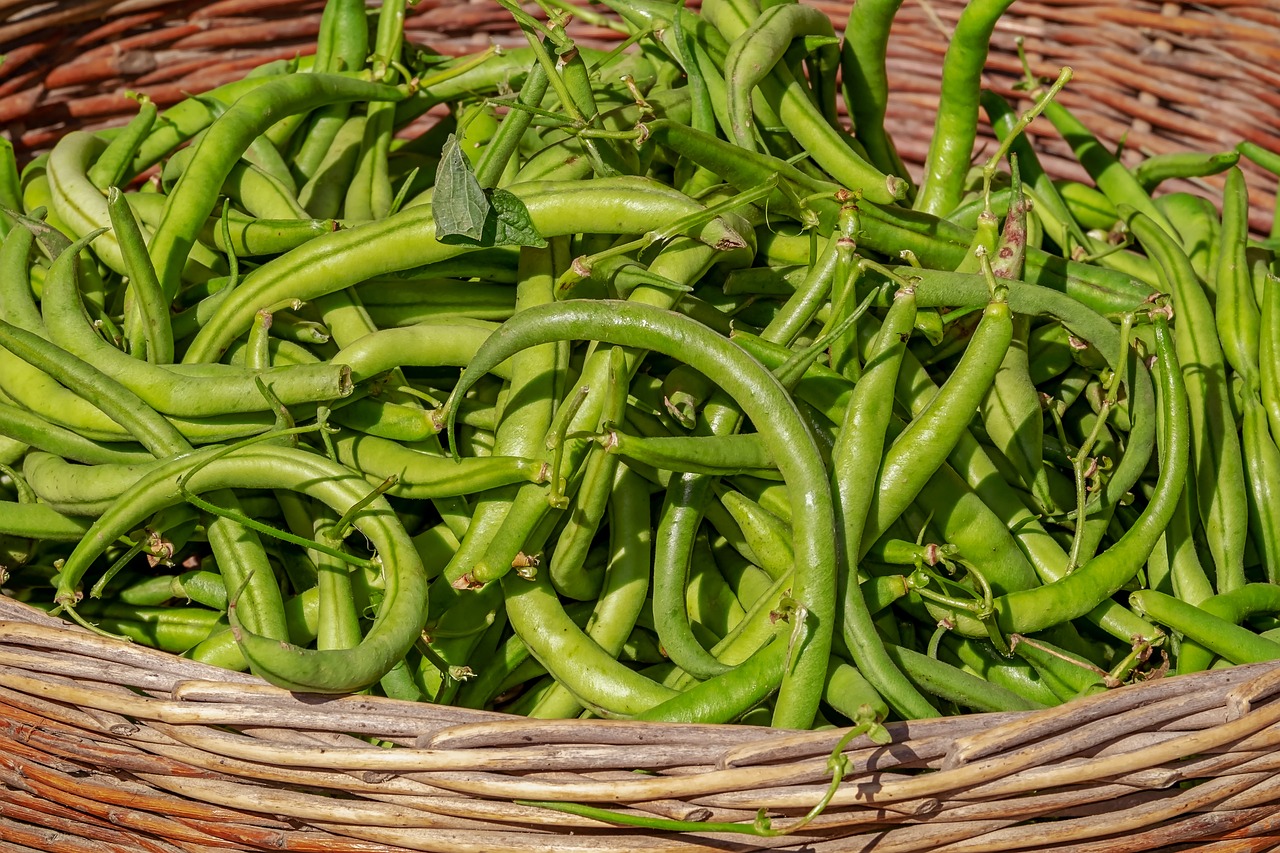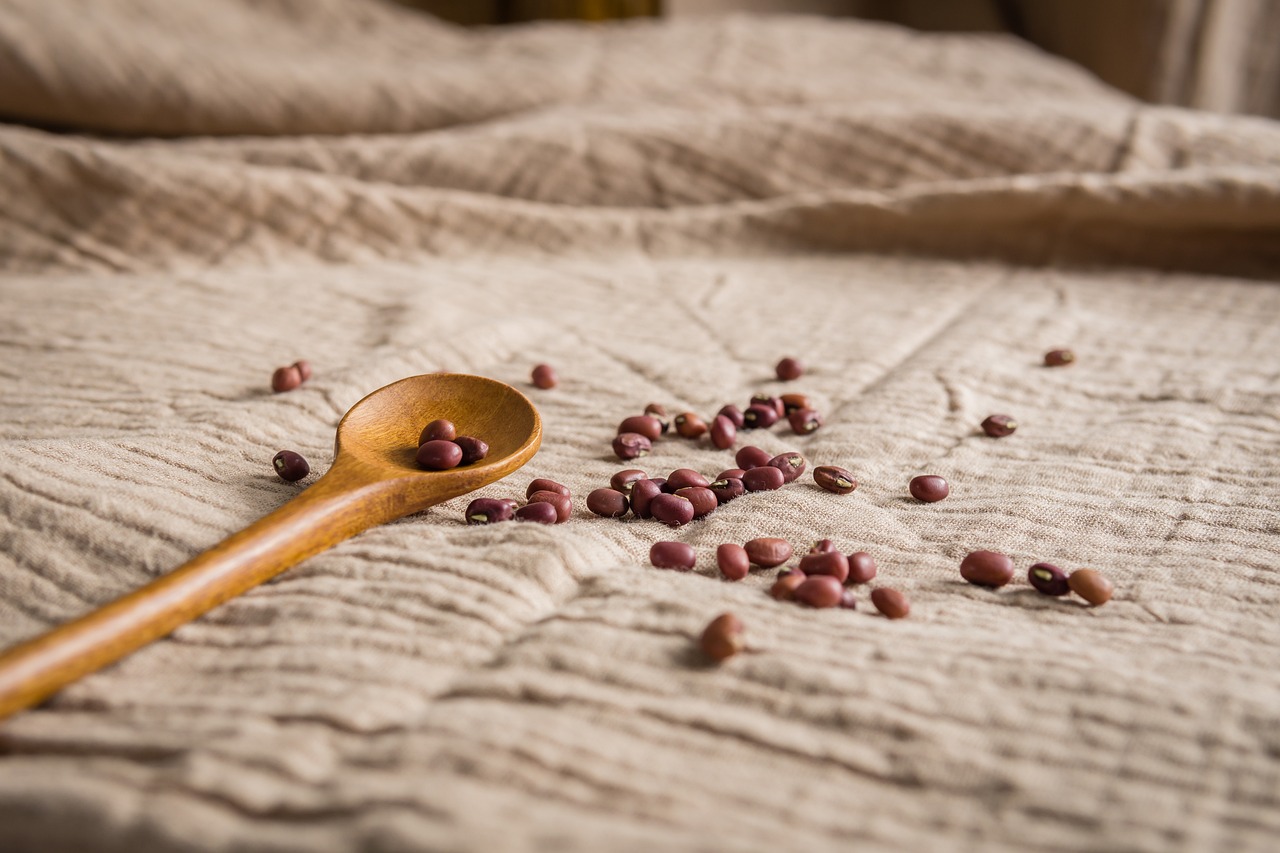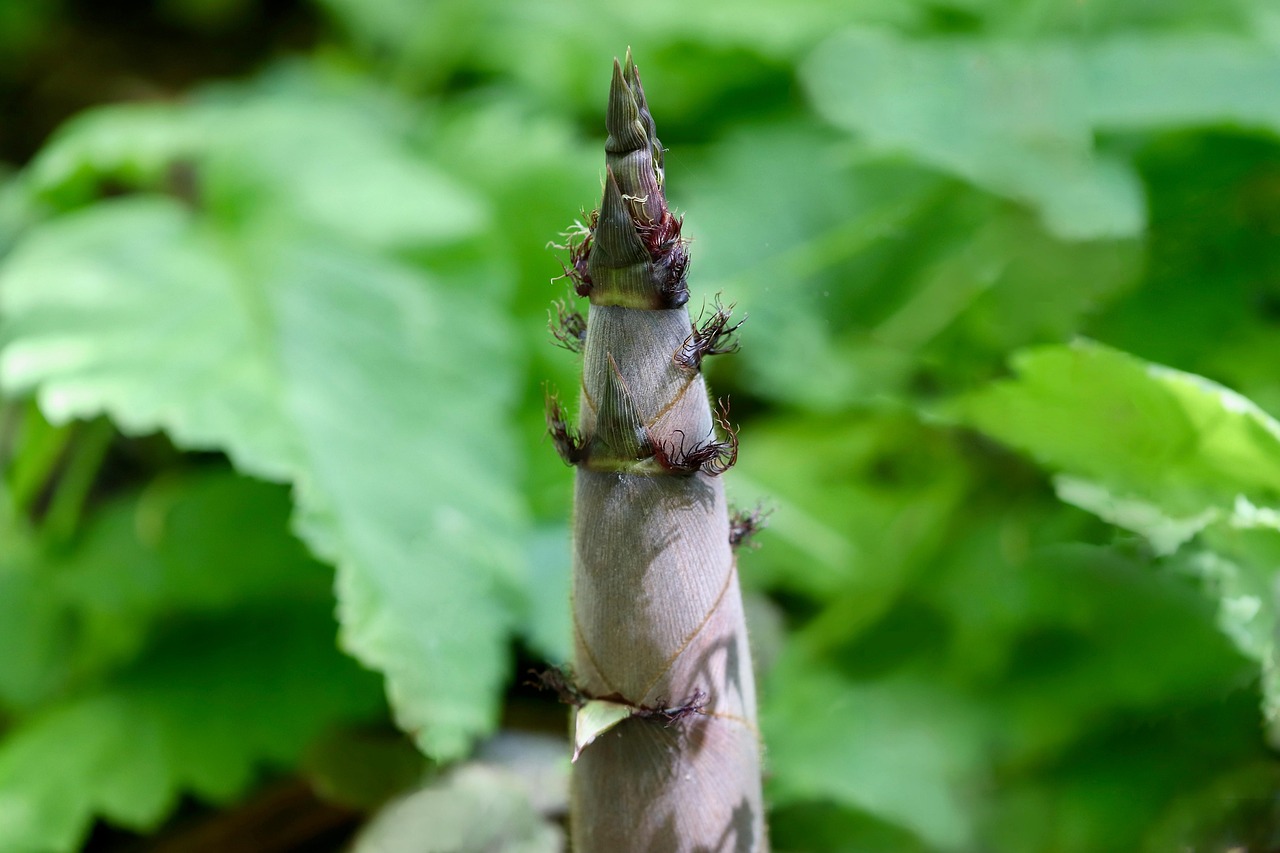Growing beans requires attention to variety-specific needs, including soil type, watering, and sunlight. Each bean variety has unique characteristics that affect growth and yield. Understanding these differences is essential for successful cultivation.
Introduction to Growing Beans

Beans are one of the most versatile and nutritious crops you can grow in your garden. They belong to the legume family and are known for their ability to improve soil health through nitrogen fixation. With numerous varieties available, each with its specific growth requirements, knowing how to care for them can greatly enhance your gardening experience.
The diversity in bean varieties ranges from bush beans to pole beans, each offering different flavors, textures, and uses. Bush beans grow compactly and do not require support, making them suitable for small gardens. In contrast, pole beans grow vertically and require trellising but often produce more beans per plant.
Growing conditions play a significant role in the success of your bean crop. Factors such as temperature, soil composition, and water availability must be considered to ensure optimal growth. Generally, beans thrive in well-drained soil with a pH between 6.0 and 7.0. They prefer full sunlight, needing at least six hours of direct light daily.
Key Bean Varieties
Here are some of the most popular bean varieties you might consider growing:
| Variety | Growth Type | Days to Maturity | Flavor Profile |
|---|---|---|---|
| Green Beans | Bush | 50-60 days | Sweet and tender |
| Black Beans | Pole | 90-100 days | Earthy and robust |
| Pinto Beans | Bush | 90-150 days | Creamy and nutty |
| Kidney Beans | Pole | 90-120 days | Rich and meaty |
Each variety has its own unique characteristics that make it suitable for different dishes and cooking methods. Understanding these varieties can help you choose which ones to plant based on your culinary preferences and garden space.
Essential Growing Tips
When growing beans, consider these essential tips to ensure a healthy crop:
- Soil Preparation: Ensure your soil is rich in organic matter. Incorporate compost before planting.
- Watering: Beans prefer consistent moisture but do not tolerate waterlogged conditions. Water deeply but infrequently.
- Pest Control: Keep an eye out for pests like aphids and beetles. Use organic methods for control when possible.
- Fertilization: Beans typically do not need heavy fertilization due to their nitrogen-fixing capabilities. A light application of balanced fertilizer may help.
- Spacing: Proper spacing is crucial. Bush beans should be planted about two inches apart, while pole beans need more space for climbing.
With these tips in mind, you can create a thriving environment for your bean plants. Each step contributes to healthier plants and a more bountiful harvest.
Understanding Bean Growth Stages
To successfully grow beans, it is important to understand the different growth stages of the plant. Each stage requires specific care and attention to detail to ensure healthy development. The growth stages include germination, seedling, vegetative, flowering, and pod development.
Germination
The germination stage begins when you plant the seeds. Beans need warm soil temperatures, ideally between 70°F and 90°F, for optimal germination. Here are some tips to promote successful germination:
- Seed Selection: Choose high-quality seeds that are suited to your climate and soil conditions.
- Soil Temperature: Use a soil thermometer to check temperatures before planting. Wait until conditions are right.
- Moisture Management: Keep the soil consistently moist but not soggy. Too much water can lead to seed rot.
Seedling Stage
Once the seeds germinate, they enter the seedling stage. This phase lasts about two to three weeks. During this time, the young plants develop their first true leaves. Proper care during this stage is crucial for establishing strong plants.
- Light Requirements: Ensure seedlings receive plenty of sunlight. If grown indoors, consider using grow lights.
- Thinning: Thin seedlings if they are too crowded to allow for proper air circulation and growth.
- Watering: Water seedlings gently to avoid damaging delicate roots. Use a spray bottle or a gentle watering can.
Nutritional Needs of Beans
Beans have specific nutritional needs that must be met throughout their growth cycle. Understanding these needs will help you provide adequate support for healthy plants.
Nitrogen Fixation
One of the unique features of beans is their ability to fix nitrogen in the soil through a symbiotic relationship with rhizobia bacteria. This process reduces the need for additional nitrogen fertilizers. However, beans still require other nutrients for healthy growth:
- Phosphorus: Important for root development and flower production. It can be added through bone meal or rock phosphate.
- Potassium: Enhances overall plant health and improves resistance to pests and diseases. Use potassium sulfate or greensand as a supplement.
- Micronutrients: Beans also benefit from trace elements like iron, manganese, and zinc. A balanced organic fertilizer can help provide these nutrients.
Pest and Disease Management
Pests and diseases can pose significant challenges when growing beans. Early detection and management practices are essential for maintaining plant health and minimizing crop loss.
Common Pests
Several pests can affect bean plants, including:
- Aphids: Small insects that suck sap from plants. They can be controlled with insecticidal soap or by introducing beneficial insects like ladybugs.
- Bean Beetles: These pests chew on leaves and can be managed by handpicking or using row covers to protect young plants.
- Spider Mites: Tiny pests that cause stippling on leaves. Increase humidity and use water sprays to deter them.
Disease Prevention
Diseases such as powdery mildew and root rot can affect bean crops. Here are some strategies for prevention:
- Crop Rotation: Avoid planting beans in the same location year after year to prevent soil-borne diseases.
- Proper Spacing: Ensure adequate spacing between plants to improve air circulation and reduce humidity around foliage.
- Disease-Resistant Varieties: Select bean varieties that are resistant to common diseases in your area.
Harvesting Beans

The final step in the growing process is harvesting your beans at the right time. Timing can vary depending on the variety, but there are general indicators to look for.
Signs of Ripeness
Beans should be harvested when they are plump and firm but before they begin to dry out on the plant. Here are some signs that indicate readiness:

- Green Beans: Harvest when pods are firm and bright green, typically about 50-60 days after planting.
- Dried Beans: Allow pods to dry on the plant until they turn brown and brittle. This usually takes around 90-150 days.
- Tasting: For fresh eating varieties, taste a few beans to determine if they have reached your desired level of tenderness.
With careful attention throughout each growth stage, you can enjoy a rewarding harvest of delicious beans from your garden.
Storing and Preserving Beans
After harvesting your beans, the next step is to store and preserve them properly. This ensures that you can enjoy your crop for months to come. Different methods are suitable depending on whether you have fresh or dried beans.
Storing Fresh Beans
Fresh beans, such as green beans, have a short shelf life. Here are some effective ways to store them:
- Refrigeration: Store fresh green beans in a perforated plastic bag in the refrigerator. This helps maintain moisture while allowing air circulation.
- Freezing: For long-term storage, blanch fresh beans in boiling water for two to three minutes, then cool them in ice water. Drain and pack them into freezer-safe bags.
- Drying: If you have an abundance of fresh beans, consider drying them. Spread the beans in a single layer on a baking sheet and place them in a warm, dry area until they lose moisture.
Storing Dried Beans
Dried beans can last for years if stored correctly. Follow these guidelines for optimal preservation:
- Airtight Containers: Store dried beans in airtight containers or vacuum-sealed bags to protect them from moisture and pests.
- Cool, Dark Place: Keep your beans in a cool and dark place, such as a pantry or cupboard, away from direct sunlight.
- Labeling: Always label your containers with the date of storage. This helps you keep track of their age and ensures you use the older ones first.
Cooking with Beans
Beans are nutritious and versatile ingredients that can be used in various dishes. Understanding different cooking methods can enhance their flavor and texture.
Preparation Methods
Before cooking, it’s essential to prepare beans properly. Here are some common preparation methods:
- Soaking: Soaking dried beans overnight in water helps reduce cooking time and improves digestibility. If short on time, use the quick-soak method by boiling beans for a few minutes and then letting them sit for an hour.
- Rinsing: Rinse beans thoroughly before cooking to remove any debris or dust.
- Cooking: Cook beans in fresh water, adding salt or acidic ingredients like tomatoes only after they have softened. This prevents toughening the skins.
Delicious Bean Recipes
Beans can be incorporated into numerous recipes. Here are a few ideas to get you started:
- Bean Salad: Combine cooked beans with diced vegetables, olive oil, vinegar, and herbs for a refreshing salad.
- Soup: Use beans as a base for hearty soups or stews. They add protein and fiber, making the dish more nutritious.
- Chili: Create a delicious chili by combining beans with ground meat, tomatoes, spices, and vegetables.
- Baked Beans: Slow-cook beans with molasses, brown sugar, and bacon for a classic side dish.
Culinary Benefits of Beans

Beans are not only versatile but also packed with health benefits. Incorporating them into your diet can provide numerous advantages.
Nutritional Value
Beans are high in protein, fiber, vitamins, and minerals. Here are some key nutritional benefits:
- Protein Source: Beans are an excellent plant-based protein option, making them ideal for vegetarians and vegans.
- Dietary Fiber: High fiber content supports digestive health and helps regulate blood sugar levels.
- Low in Fat: Most beans are low in fat, making them heart-healthy choices.
- Nutrient-Rich: Beans contain essential nutrients like iron, potassium, and folate that contribute to overall health.
Sustainability and Environmental Impact
Growing beans can also be beneficial from an environmental perspective. Here are some reasons why:
- Nitrogen Fixation: As legumes, beans improve soil health by fixing nitrogen, reducing the need for synthetic fertilizers.
- Diverse Crop Rotation: Including beans in crop rotation helps break pest cycles and improves soil fertility.
- Water Efficiency: Beans generally require less water compared to other crops, making them a sustainable choice for gardening.
This combination of culinary versatility and health benefits makes growing and consuming beans a rewarding choice for both gardeners and cooks alike.
Additional Tips for Successful Bean Growing
In addition to the information already discussed, there are several other factors to consider when growing beans that can enhance your gardening experience and yield. These tips can help you troubleshoot common issues and maximize your harvest.
Choosing the Right Planting Time
The timing of planting beans is crucial for a successful crop. Beans thrive in warm weather, and planting at the right time can significantly affect growth and yield.
- Frost Dates: Wait until all danger of frost has passed. Beans are sensitive to cold temperatures, and frost can damage young plants.
- Soil Temperature: Ensure the soil temperature is consistently above 60°F before planting. This encourages quick germination.
- Seasonal Considerations: Consider your local climate when selecting bean varieties. Some may perform better in cooler climates, while others thrive in warmer conditions.
Companion Planting
Companion planting is a technique that involves planting different crops in proximity for mutual benefit. Beans can be excellent companions for various plants:
- Corn: Beans can climb corn stalks, providing support while enriching the soil with nitrogen.
- Squash: The large leaves of squash plants provide shade for beans, helping to retain soil moisture.
- Herbs: Plants like basil and dill can repel pests that commonly affect beans while enhancing their flavor.
Harvesting Techniques
While you may have already learned about harvesting signs, the techniques used can impact the quality of your beans. Here are some effective harvesting methods:
Harvesting Fresh Beans
For fresh beans, gentle handling is key to maintaining quality:
- Use Garden Shears: Instead of pulling beans off the plants, use garden shears to cut them at the stem. This reduces damage to the plant and neighboring pods.
- Harvest in the Morning: Picking beans in the cooler morning hours helps maintain freshness and prevents wilting.
Harvesting Dried Beans
Dried beans require a different approach to ensure they remain intact:
- Wait for Full Dryness: Ensure that pods are completely dry before harvesting; this prevents mold and spoilage during storage.
- Collecting Pods: Gently shake or tap the plants to release loose beans before collecting them.
- Shelling: Once harvested, shell dried beans immediately or within a few days to prevent moisture absorption.
Final Thoughts
Growing beans is an enriching endeavor that not only provides delicious and nutritious food but also contributes positively to your garden’s ecosystem. By understanding the specific needs of different bean varieties, you can cultivate a successful crop tailored to your environment and preferences.
The ability of beans to fix nitrogen naturally enhances soil fertility, making them an ideal crop for sustainable gardening practices. Their versatility in the kitchen allows for a wide range of culinary uses, from simple salads to hearty stews. With proper care, regular maintenance, and timely harvesting, you can enjoy a bountiful yield each season.
In summary, whether you are an experienced gardener or a novice, growing beans is an accessible and rewarding project. Embrace the learning process, experiment with different varieties, and enjoy the fruits of your labor. With these comprehensive tips and insights, you are well-equipped to embark on your bean-growing journey with confidence.
Happy gardening!
